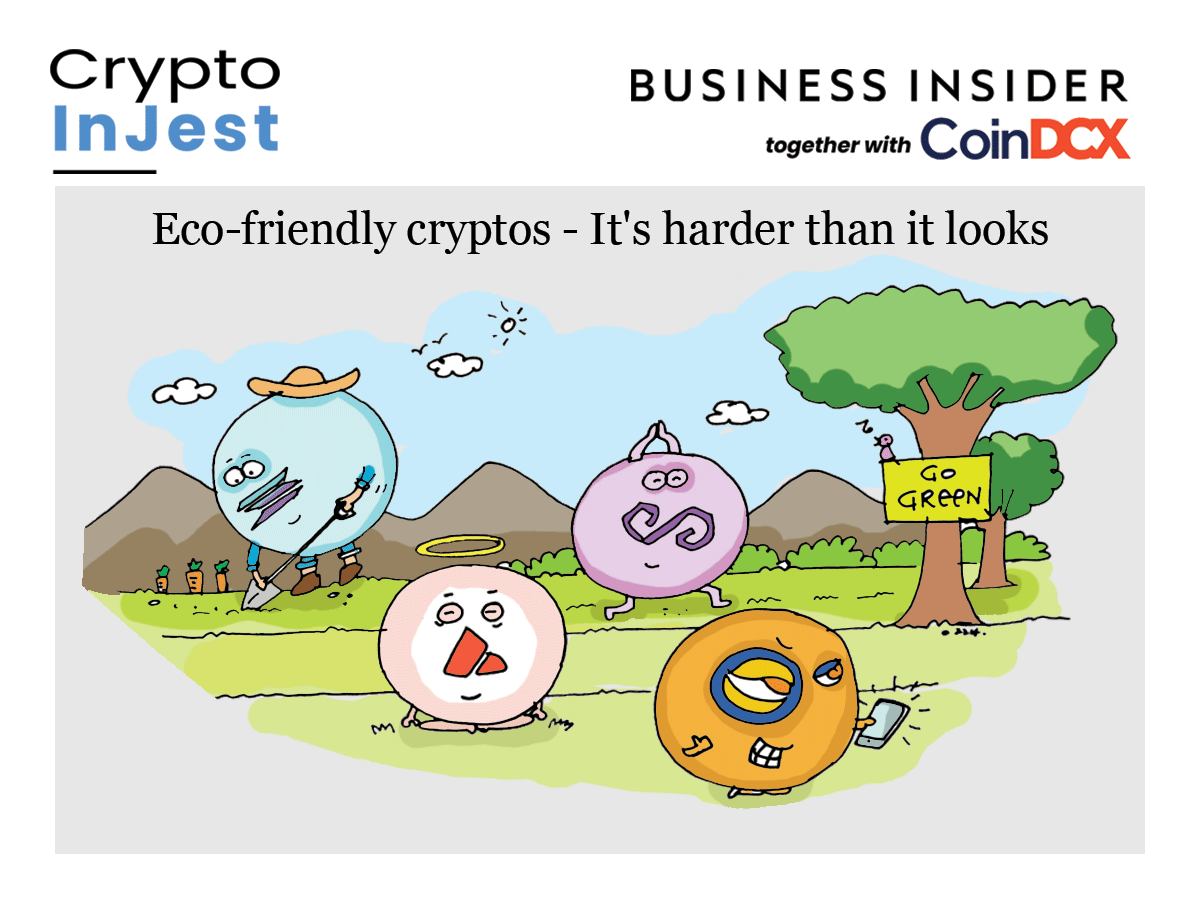
Market cap: $270 million (*as of Jan 3)
The Chia Network saw a spectacular launch on crypto exchanges this year, raising hopes of being the next Bitcoin but settled at just 10% of that price within a month.
In an innovative approach that avoids the energy-intensive mining employed by Bitcoin, Chia decided to use the available storage space on hard disks instead. This mechanism of securing its blockchain was called proof-of-space-and-time (PoST), which was hailed as being eco-friendly compared to using CPUs and GPUs.
But then we saw a demonstration of why we can’t have nice things, when the Chia experiment scaled up beyond simply using existing available storage space. Chia ‘farmers’ wrote ‘plots’ to mine Chia coin on a large scale by buying up all the hard drives available in the market.
They hoped the drives would pay for themselves from future crypto profits. This tripled prices of the few HDDs and SSDs still available, leaving them out of reach of home users. This practice by Chia farmers even led to brands reducing warranties upon SSDs — typically known to have a longer life than that of HDDs.
In the end, while Chia was a good demonstration of concept, there weren’t many use cases for it, so speculation reduced and the price of Chia coin fell. However, we may yet turn back and look at Chia in a few years, just as we look back at the early days of Bitcoin mining today.
This news is republished from another source. You can check the original article here

Be the first to comment